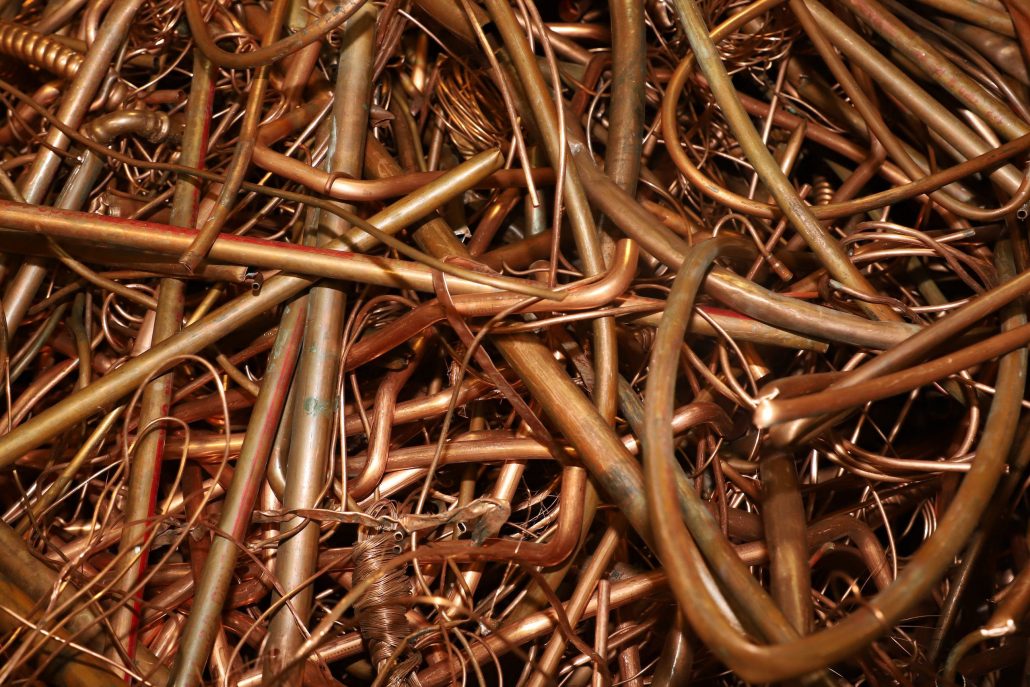
In a bid to strengthen its recycled metals industry, China has introduced new regulations that ease scrap metal import rules. The changes, effective from November 15, aim to simplify the process for aluminum and copper scrap imports. This move is part of China’s broader strategy to integrate nonferrous scrap into its economy and enhance the development of its recycling sector.
Simplified Scrap Import Process
Under the new regulations, China will perform visual inspections instead of stringent testing, such as checks for radioactive contamination. This shift is expected to bring a wider variety of scrap metals into the market, including brass and copper alloys. Previously, the complex and unpredictable nature of China’s scrap metal inspections deterred international traders. The new approach aims to create a more welcoming environment for recycled metals, particularly No. 2 copper.
In addition, China will no longer classify recyclable copper, aluminum, and alloys that meet quality standards as “solid waste.” This change will enable the import of these materials freely, promoting the country’s ‘high-quality development’ in the recycling industry.
Tax Rebate Cancellation and Market Impact
In another significant policy shift, China’s Ministry of Finance has canceled export tax rebates for finished and semifinished aluminum and copper products. These rebates, which previously provided up to 13% of the export value, had been a key financial incentive for producers. The move is aimed at curbing overcapacity in the aluminum sector, which has led to global market imbalances.
Following this announcement, aluminum prices on the London Metal Exchange (LME) have risen, as traders anticipate tighter supply in China. The country exported 5.2 million metric tons of semifinished aluminum in 2023, making up about 7% of global aluminum trade. The withdrawal of the rebate could alter global trade dynamics, potentially benefiting non-Chinese aluminum producers.
Broader Market Implications
These dual policy changes could significantly impact the global nonferrous metal trade. The easing of scrap import rules is expected to strengthen China’s recycling sector. However, canceling export rebates may reduce China’s dominance in the global supply chain. Countries that rely on Chinese imports of semifinished aluminum and copper will likely feel the effects, causing shifts in global market dynamics.











Leave a Reply
You must be logged in to post a comment.